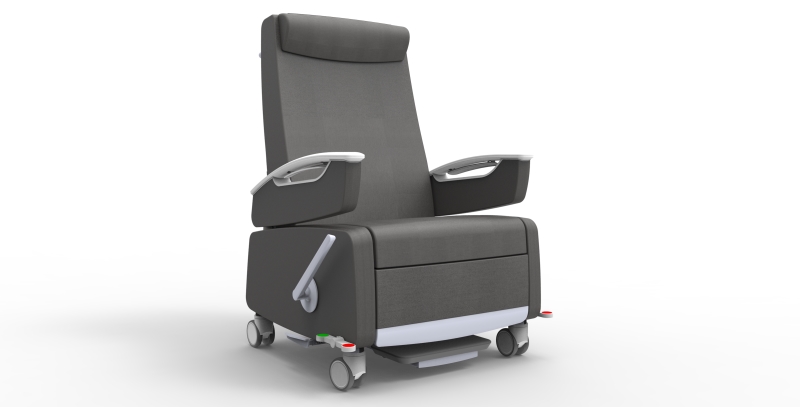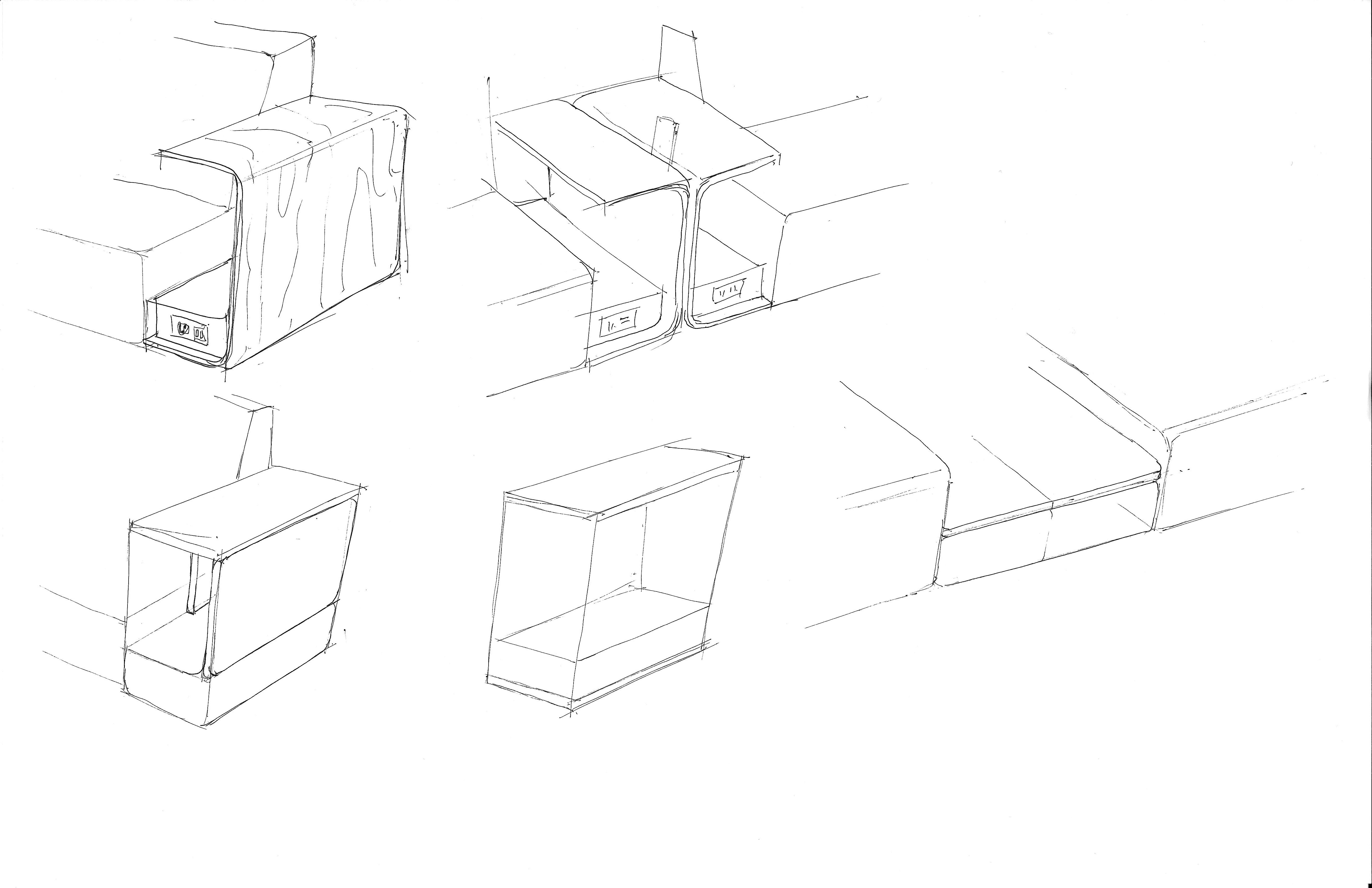In this article Michelle Crill of Allseating reveals why a collaborative approach is best when procuring furniture for healthcare environments.
Hospitals need to have a more-realistic approach to procuring furniture in order to create the best environment for patients, staff and visitors.
This is the suggestion from leading manufacturer, Allseating, which has seen a growth in healthcare sales of 30% in recent years.
The increased interest in modern furniture products reflects the shift towards less-clinical and more person-centred hospital design.
Limited options
But are healthcare providers creating the healing environment they originally intended?
Michelle Crill, healthcare director at Allseating, has concerns. Speaking to Building Better Healthcare, she explained: “Typically, furniture manufacturers get involved after a budget has already been decided, limiting the options that are available to them.
“Add to that the fact that new healthcare buildings take several years to complete, and during that time the furniture cost may fluctuate and new technology could become available.
“Unfortunately, oftentimes the end result does not match the initial design intent.”
She added: “Information on residential products is readily available, giving decision-makers an unrealistic idea of what healthcare products should cost.
“When comparing cost, decision-makers should keep in mind the unique innovations that influence the product's price.
“Important characteristics to look out for are ease of cleaning, durability, safety, and functionality that provides increased comfort and control.
“But budgets are often set early-on, which drives decision-making that is based on cost, rather than the best patient-centered solution for each environment.”
For example, a hospital might want 10 recliners for patient rooms and have a budget of £1,500 per chair.
However, in reality the most-optimal recliner for the environment may cost £5,000 each.
“In this case, where the budget is restricted, it becomes a discussion about whether you reduce the number of recliners or select a less-appropriate solution,” said Crill.

Crill explains that hospitals often look at prices online, but do not take into consideration the extra research and design that goes into making healthcare-specific products
Making decisions
This approach means that hospitals are, in some cases, not acquiring appropriate furniture solutions for the facility and its patients, caregivers and families.
It’s the responsibility of leading healthcare manufacturers to educate all parties involved in the decision-making process, said Crill.
“I had a conversation with a client this week who was interested in a bariatric chair, but without arms,” she recalls.
“We explained that bariatric patients benefit from having arms available for both egress and ingress.
“These conversations are critical if the specifier doesn't fully understand the various needs of patients.
“As we collaborate with healthcare decision-makers it’s imperative we understand the role of each.
“For example, facilities managers might be more interested in durability, clean-ability and replaceable components. Whereas procurement managers are required to stay within a budget, and caregivers are mindful of the comfort and safety of patients.”
In recent years, the shift towards less-institutional-looking hospital furniture is becoming increasingly evident.
Crill said: “The consumerisation of the healthcare industry provides increased awareness of options.
“For instance, Hospital Consumer Assessment of Healthcare Providers and Systems (HCAHPS) scores allow patients to analyse healthcare organisations’ safety and reliability before choosing a provider.
“This motivates hospitals to provide the expected level of care that people are looking for in a comfortable and supportive environment.”
Allseating designs its products around the ‘three Cs’ – comfort, control, and connection.
“We are designing solutions to be flexible to accommodate the varying needs and requirements of the patient population,” said Crill.
Considering the location and purpose of furniture is also crucial, both in terms of design and when specifying products.
“In a waiting area, for instance, where patients and their families often sit for extended periods of time, it is important to provide not only comfort, but choice and control,” said Crill.
“This will alleviate some of the anxiety induced by these often-stressful situations.

Allseating's design team aim to make furniture that can enhance the lives of patients, staff and visitors
The continuum of care
“When designing seating you have to keep in mind the flexibility, safety, and modularity, in addition to comfort control and connection.
“Questions we may ask ourselves as manufacturers during the design process are, ‘How do we ensure the product is flexible?’ ‘Can components be easily removed and replaced?’ ‘Is the product safe, providing thoughtful functionality as it relates to egress and ingress?’ ‘Will the product be cost-efficient?’ ‘Is the warranty competitive?’
“When designing a chair, we must consider all of the above questions, making sure we are creating appropriate solutions for the entire continuum of care.”
“As healthcare manufacturers we have the unique opportunity to make a positive impact in the healing environment.”




